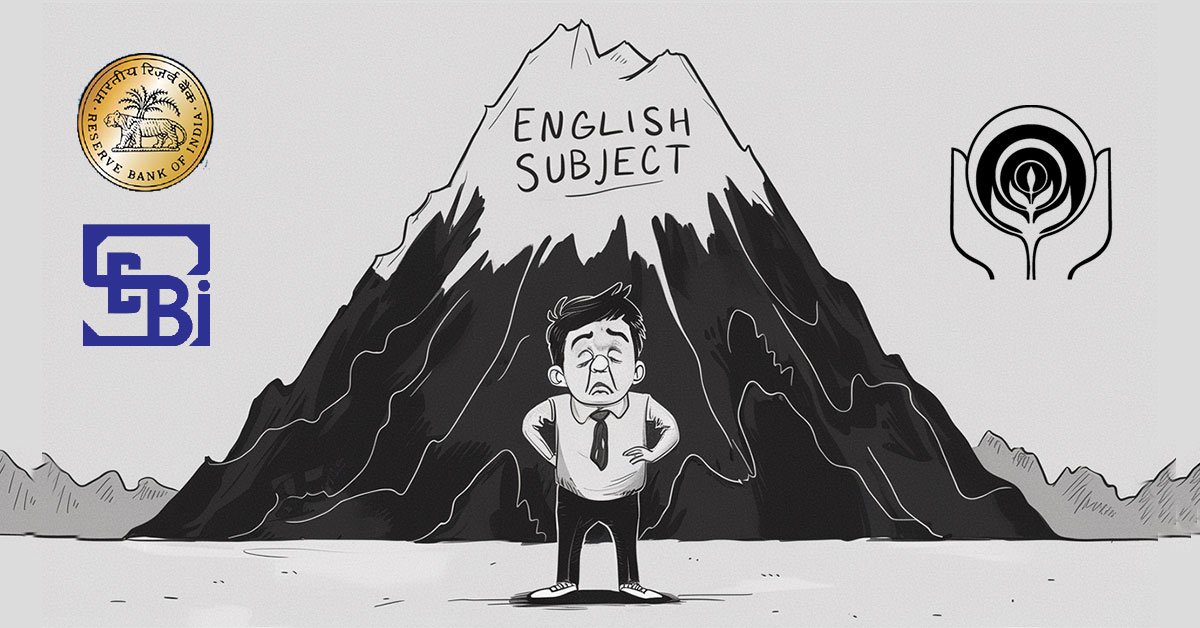Context:
As the Goods and Services Tax (GST) completes eight years of implementation on July 1, tax experts acknowledge its successes but say a lot more work needs to be done in terms of simplification and rationalisation of rates.
Achievements So Far
- GST replaced a complex, multi-state indirect tax system.
- Brought uniformity in tax treatment across States.
- Improved compliance via digitisation and e-invoicing systems.
Key Reforms Suggested (GST 2.0)
Inclusion of Fuel and Electricity in GST
- Items like petrol, diesel, ATF, natural gas remain outside GST.
- Their inclusion would:
- Reduce tax cascading
- Ease cash flow issues for sectors like transport, logistics, oil & gas
- Inclusion requires GST Council approval
Rate Rationalisation:
- Current system: Five major slabs – 0%, 5%, 12%, 18%, 28%
(plus special rates: 0.25%, 1%, and 3%) - Suggestion: Reduce to fewer slabs for simplicity and efficiency
- Rationalisation will aid compliance and reduce classification disputes
Minimising Input Tax Credit (ITC) Restrictions:
- Multiple ITC restrictions have caused confusion and litigation.
- Experts call for a more liberal and transparent ITC mechanism
Streamlining Audits and Dispute Resolution:
- Absence of a GST Appellate Tribunal (GSTAT) delays resolution of appeals.
- High pendency of GST-related cases
- PwC recommends revisiting dispute resolution frameworks for faster redressal
Addressing Procedural Hassles:
- Procedural complexity and litigation on minor issues overshadow compliance efforts.
- Need to simplify:
- Audit norms
- Return filing
- Compliance mechanisms
TH



















